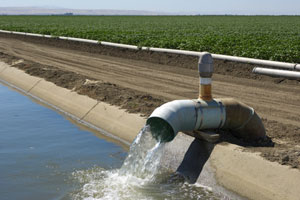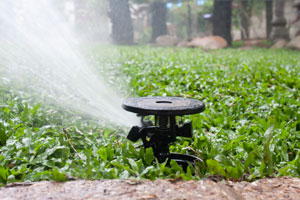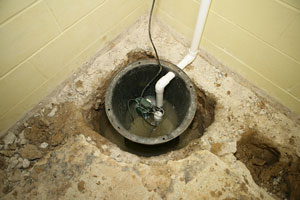Is a Peristaltic Pump the Best Choice?

Throughout the past few years, peristaltic pumps have begun to become a popular choice amongst irrigation experts. The peristaltic pump is a versatile positive displacement pump that can handle a wide variety of fluids. From chemical materials to sludge removal, the peristaltic pump is a fantastic solution.
How Does a Peristaltic Pump Work and What Are Its Best Uses?
The peristaltic pump forces fluids to travel by producing waves that travel along flexible tubes or hoses. The tubing portion of the pump features a single rotating piece that uses rollers to squeeze an additional piece of synthetic elastomeric tubing. As the rollers pass, the tube opens to create a vacuum, which draws in the pumped fluid. This continuous cycle creates a positive displacement flow that inevitably pushes the fluid through the pump.
Did you know that there are several benefits to using a peristaltic pump? Benefits include:
- Low total life cycle cost (LCC).
- Longer range technology.
- Improved advances in tubing materials to enhance pumping capabilities
Due to its versatile nature, the peristaltic pump can be successfully used within a number of industries, including:
- Water
- Wastewater removal
- Mining
- Food and beverage
- Chemical
- Pharmaceuticals
- Printing
- Packaging
When a peristaltic pump is used within the industrial liquid handling industries, it has been known to have several advantages over its pumping counterparts.
- Ideal for use with abrasive liquids.
- Gently pumps liquids, without allowing them to travel at the incorrect speed.
- Vacuum support provides a constant volume capacity.
- Resistant to dry running.
- Cleaning is made easier with an unobstructed fluid flow.
- The capacity of the pump can be regulated.
- Easy operation, maintenance, and service keeps costs low.
With all of these benefits in mind, it is easy to see why the peristaltic pump is such a popular choice amongst a wide variety of industries. If you are thinking about a new pump solution, please contact the experts at W.P. Law, Inc. The W.P. Law team will answer any questions and provide helpful guidance.











